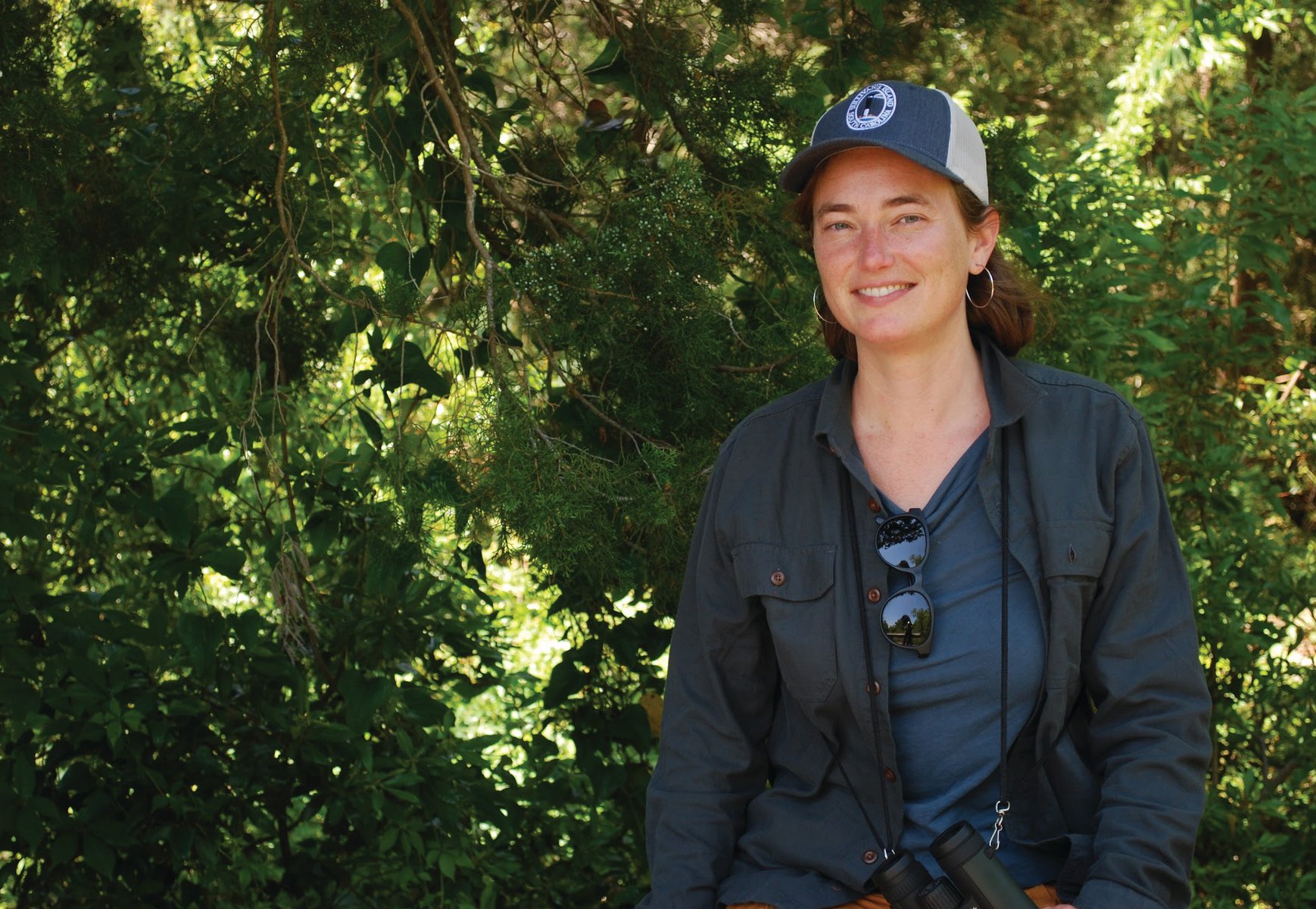Sullivan’s Island, SC – With deep family roots on Sullivan’s Island and a childhood spent exploring the natural beauty of the Lowcountry, Rebecca Fanning has always had a strong connection to the land. On April 9, she returned to those roots in a new and impactful way—becoming the town’s first-ever Director of Resilience and Natural Resource Management.
Fanning’s journey back to the island is as rich and winding as the Maritime Forest she now helps protect. Growing up in West Ashley and spending summers on Sullivan’s Island, her love for nature began early. She was an avid birder as a child, frequenting Magnolia Gardens, the Caw Caw Interpretive Center, and the island’s forest.
But a passion for nature wasn’t her only calling—Fanning had a serious case of wanderlust. After high school, she ventured north to Bard College in Upstate New York, where she studied Russian and German, eventually living in Austria and Russia. Her love for languages and travel gave her a global perspective, but her heart remained tied to the natural world.
While in California, she worked at the Marina Shorebird Nature Center in Berkeley as a docent, trainer, and cleanup site captain. But she soon realized she wanted to make a deeper impact.
“I decided I needed something more meaningful. I wanted to make a difference for my community and the planet,” she said.
That desire led her to Save the Bay in Oakland, where she contributed to major salt marsh restoration projects. But the Lowcountry eventually called her home. She returned to Charleston, studied at Trident Tech, and earned dual master’s degrees in Environmental Science and Public Administration at the College of Charleston.
Since then, Fanning has built an impressive resume, including work with the Charleston Resilience Network, the South Carolina Sea Grant Consortium, the Butler Conservation Fund, and an internship with Robinson Design Engineers. In 2020, she founded Community Hydrology, an initiative aimed at helping coastal communities take grassroots action against flooding and ecological decline.
“Rather than waiting for federal funding, we wanted to empower everyday people to do small things—plant trees, build rain gardens—that together make a big impact,” she explained. “When there are no plants, water stays on the ground and that leads to flooding.”
Now, in her new role on Sullivan’s Island, Fanning brings all her experience to bear. Her job focuses on proactive adaptation to coastal challenges like flooding, storms, and rising sea levels, as well as protecting and promoting the island’s beloved Maritime Forest.
Her responsibilities include reviewing construction and landscaping plans to minimize runoff, managing tree removal permits, advising both the Tree Commission and Town Council, and helping implement the island’s Resilience and Sea Level Rise Adaptation Plan.
One of her top priorities is conserving the 200-acre Maritime Forest, which provides critical habitat for native wildlife like the brilliantly colored painted bunting. Fanning emphasizes the importance of native plants—especially oaks, which support hundreds of caterpillar species and, in turn, help nourish young songbirds.
But she warns of the dangers of non-native species. “Nobody planted them intentionally,” she said. “Birds carry the seeds from other places, and once they’re here, they can disrupt the natural balance.”
Fanning also teaches Environmental Studies at the College of Charleston, where she continues to inspire the next generation of conservationists.
Her philosophy is simple but powerful: lasting change begins at the community level.
“It really comes down to what plants are on the ground,” she said. “The right ones can mean the difference between flooding and resilience.”











